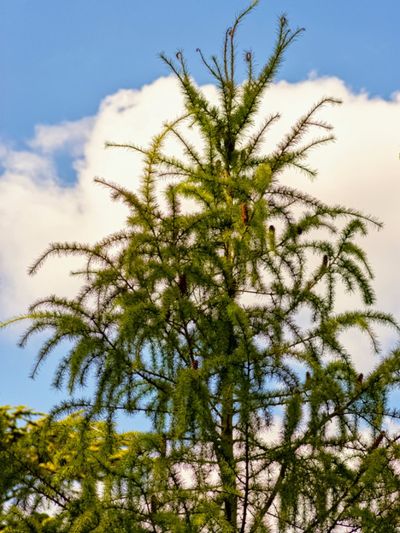Deodar Cedar Info
This airy evergreen cedar tree rises to 50 feet (15 m.) or more when cultivated, and much taller in the wild. It is native to Afghanistan, Pakistan and India, and thrives in the coastal regions of the United States. Deodar cedar trees grow into a loose pyramid shape, with 2-inch (5 cm.) long whorled needles that give the tree a soft allure. The branches extend almost horizontally, angling slightly down, and the tips rise slightly. Needles of the deodar cedar are a slivery-green, making it a very attractive and popular ornamental. The trees are either male or female. Males grow the pollen-filled catkins, while females produce the egg-shaped cones.
Growing Deodar Cedar
If you are growing deodar cedar, you’ll want to find out how to care for a deodar cedar tree. First, you need to live in U.S. Department of Agriculture plant hardiness zones 7 through 9 and have plenty of space. These trees are most beautiful when they keep their lower branches, so it is best to plant them somewhere they will not be disturbed. Deodar cedar info will help you plant these trees in an appropriate site for their growing requirements. Find a sunny site with slightly acidic, well-drained soil. The tree also grows in partial shade and accepts sandy, loamy or clay soils. It even tolerates alkaline soil.
How to Care for a Deodar Cedar Tree
Deodar cedar care for a properly planted tree will not take much of your time and energy. Deodar cedar trees are very drought resistant, so if your area gets occasional rainfall, you may not need to irrigate. Otherwise, provide moderate amounts of water in dry weather. These trees live for a long time with few, if any, pest issues. They require no pruning, other than removing broken or dead branches, and provide maintenance free shade and beauty in your garden.
